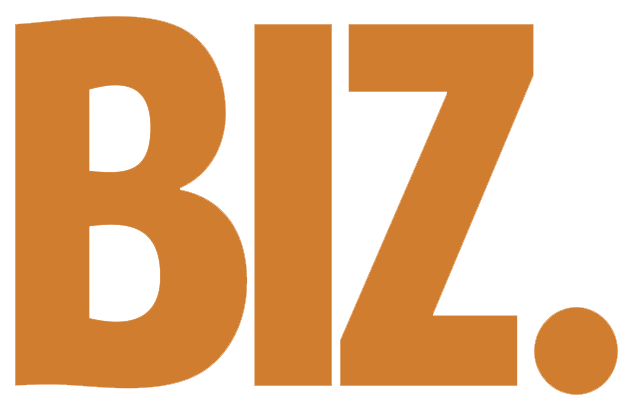By Orphe Divounguy | The Center Square contributor (The Center Square) – Bottom line up front: The economic data this week tells …
Opinion
-
-
Opinion
Royal Alexander: New York City Sends an Avowed Muslim Socialist to Its Mayoral Runoff
by BIZ Magazineby BIZ MagazineThere are many significant events going on nationally and internationally right now that deserve our attention. However, I couldn’t miss the opportunity …
-
Opinion
Everyday economics: Inflation, housing data in focus amid Fed policy uncertainty
by BIZ Magazineby BIZ MagazineBy Orphe Divounguy | The Center Square (The Center Square) – The week begins with Federal Reserve Governor Christopher Waller’s upcoming speech. …
-
Opinion
Royal Alexander: Trump is Correct to Assist Israel in the Elimination of Iran’s Nuclear Threat
by BIZ Magazineby BIZ MagazinePresidential historians traditionally look for signal and defining moments in a presidential administration as a method by which to rank and place …
-
Opinion
Everyday Economics: The Fed’s balancing act: Why this week matters more than you think
by BIZ Magazineby BIZ MagazineBy Orphe Divounguy | Special to BIZ. Magazine (The Center Square) – This week brings the Federal Reserve’s most anticipated meeting of …
-
Opinion
LA Riots Copy 2020 Democrat/Antifa ‘Summer of Love’ Riots, But Who is Funding Them?
by BIZ Magazineby BIZ MagazineI was taken aback as I watched the riots in LA over the last few days. The facts are clear. President Trump …
-
Opinion
Op-Ed: Jeff Landry breaks promise to voters, vetoes another key insurance reform bill
by BIZ Magazineby BIZ MagazineBy Randy Guillot | Special to BIZ. Magazine Throughout the 2025 Legislative Session, Louisiana Gov. Jeff Landry repeatedly pledged to sign every …
-
Opinion
Op-Ed: Will Louisiana lead or lose in the carbon capture race?
by BIZ Magazineby BIZ MagazineIn the race to build a more competitive energy economy, carbon capture and storage is no longer a theory — it’s a …
-
Opinion
Royal Alexander: U.S. Supreme Court Ruling Prohibits Reverse Discrimination, As Well
by BIZ Magazineby BIZ MagazineIn a unanimous (9-0) ruling, the U.S. Supreme Court has held that Title VII specifically (and the Equal Protection Clause, generally) deems reverse discrimination in …
-
Opinion
Everyday Economics: All eyes on the jobs report as hiring slows
by BIZ Magazineby BIZ MagazineBy Orphe Divounguy | The Center Square (The Center Square) – The highlight of the coming week will be Friday’s May jobs …
